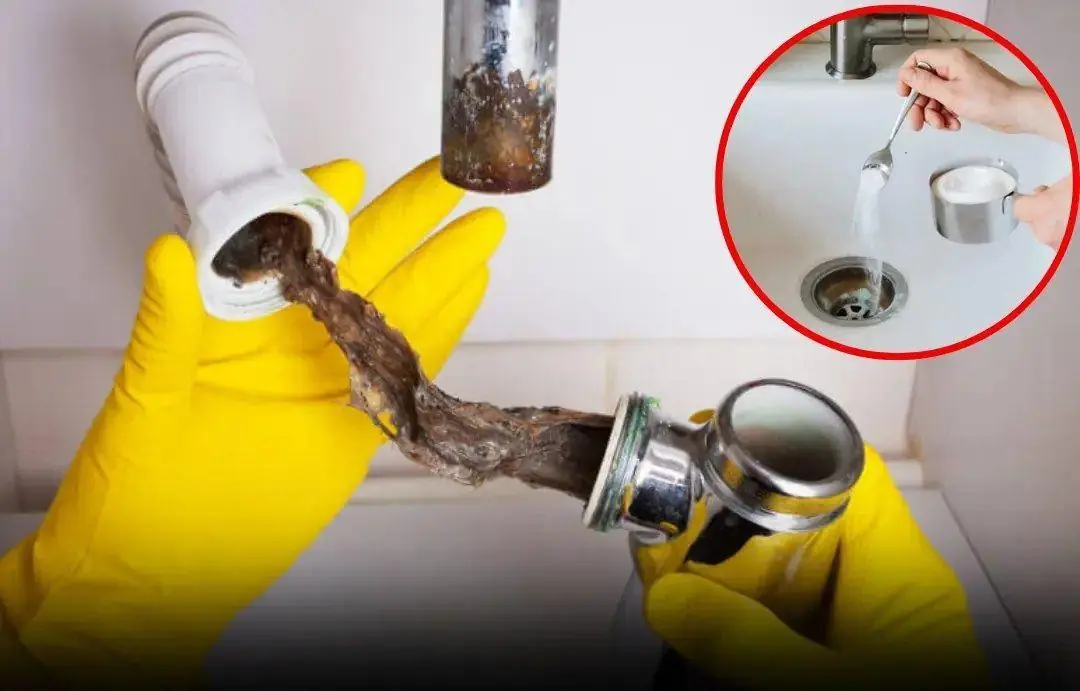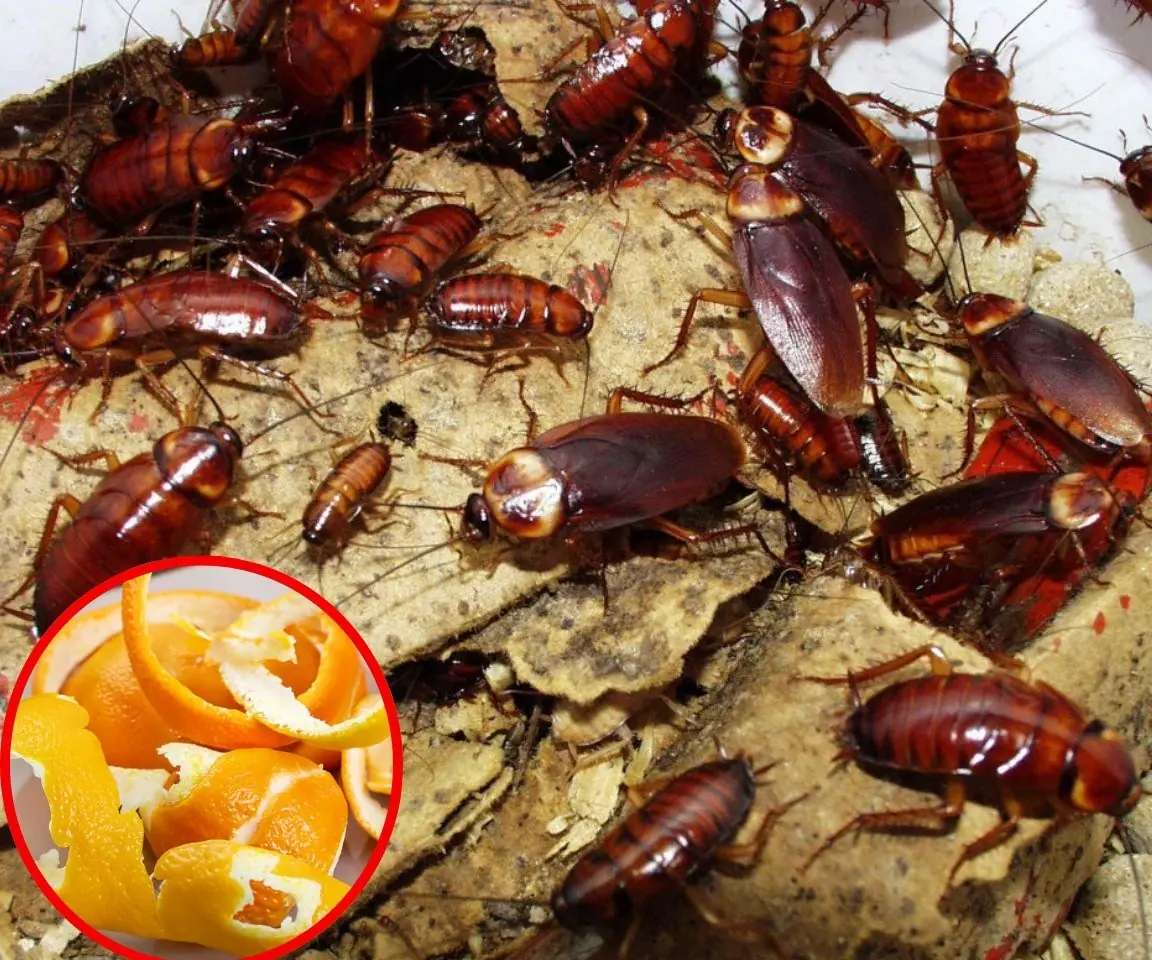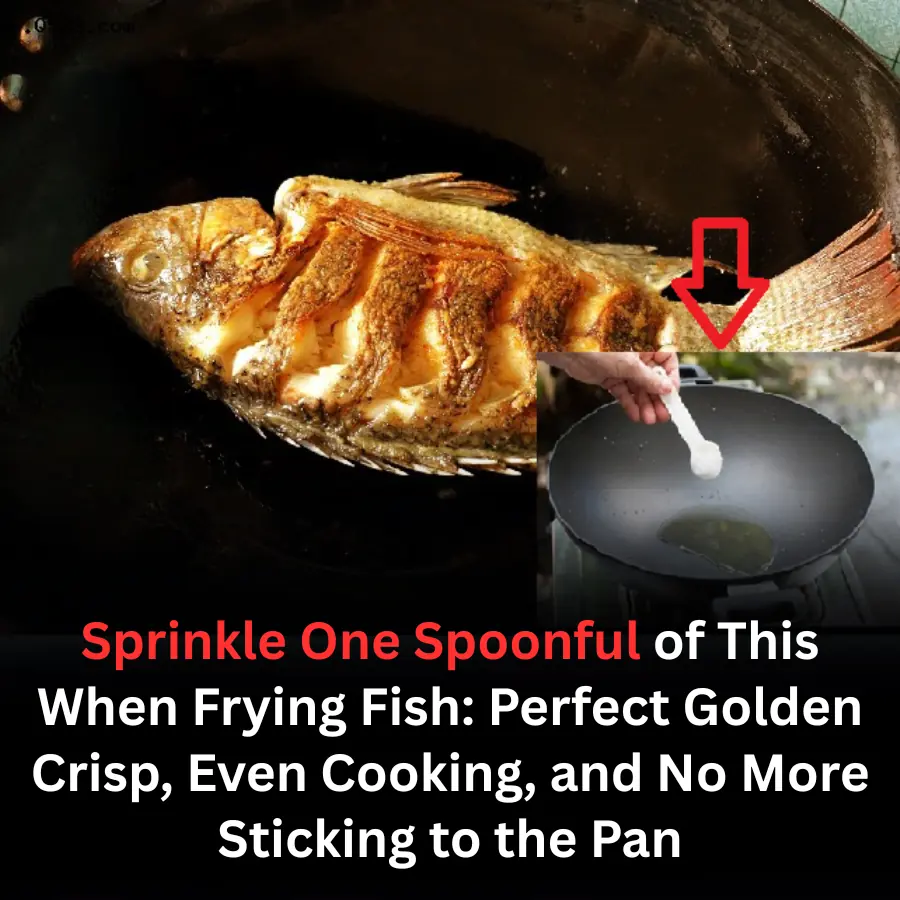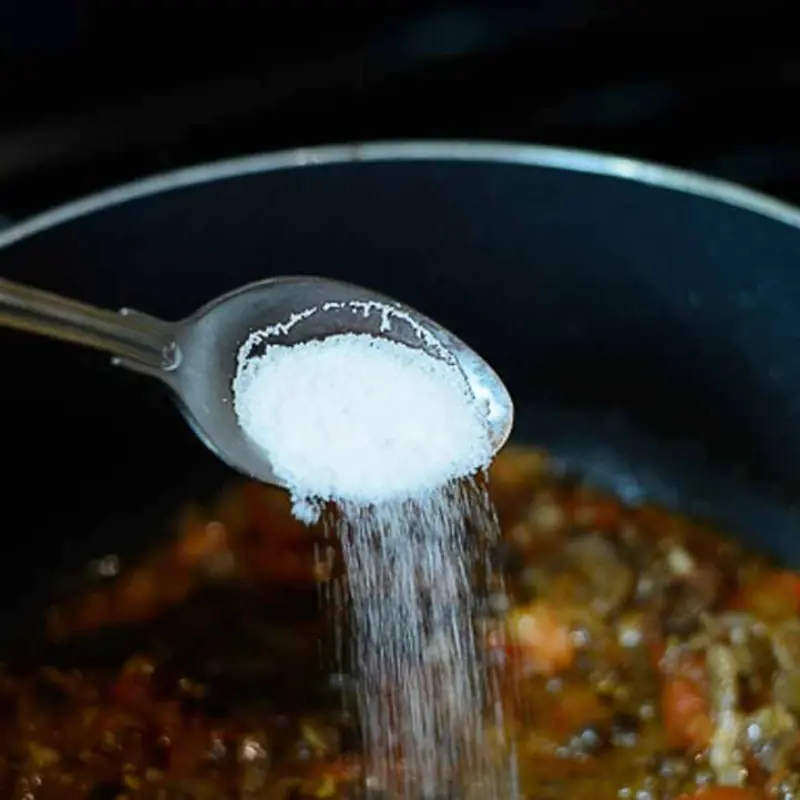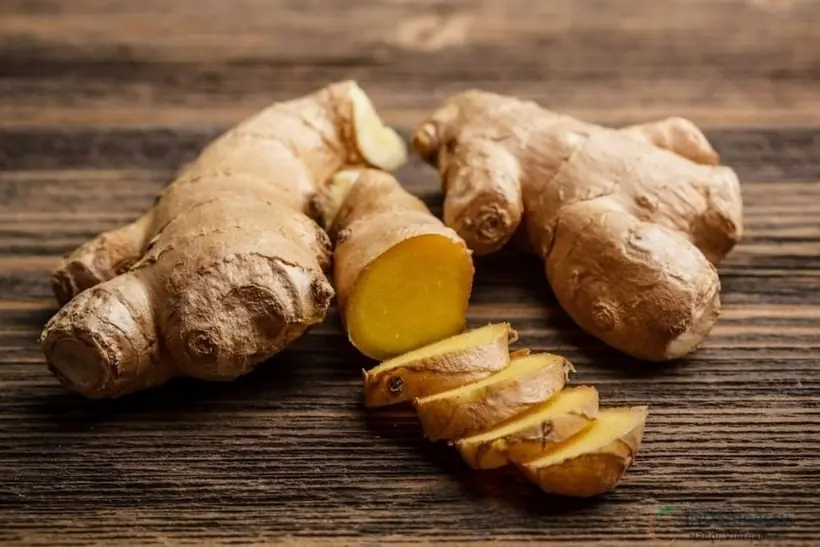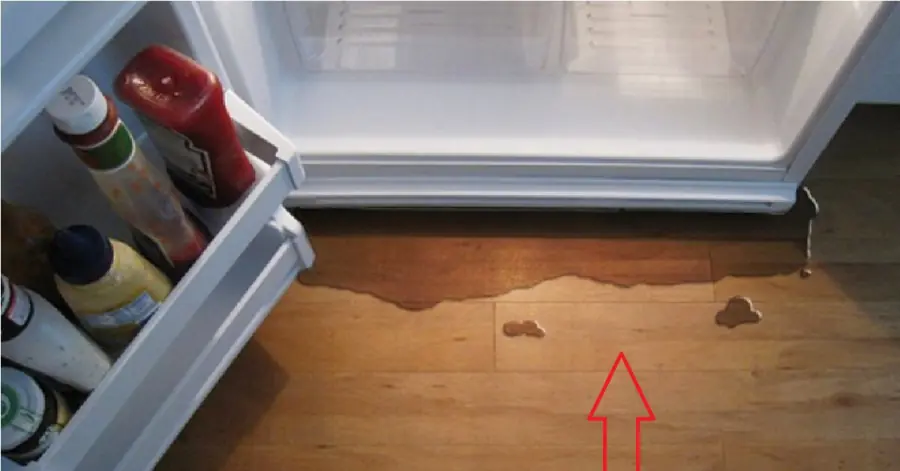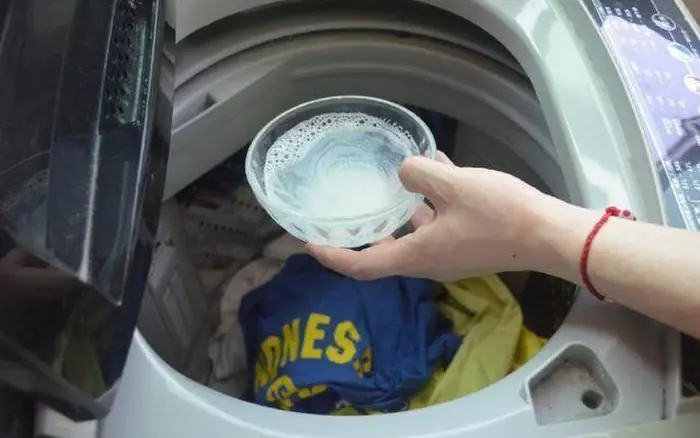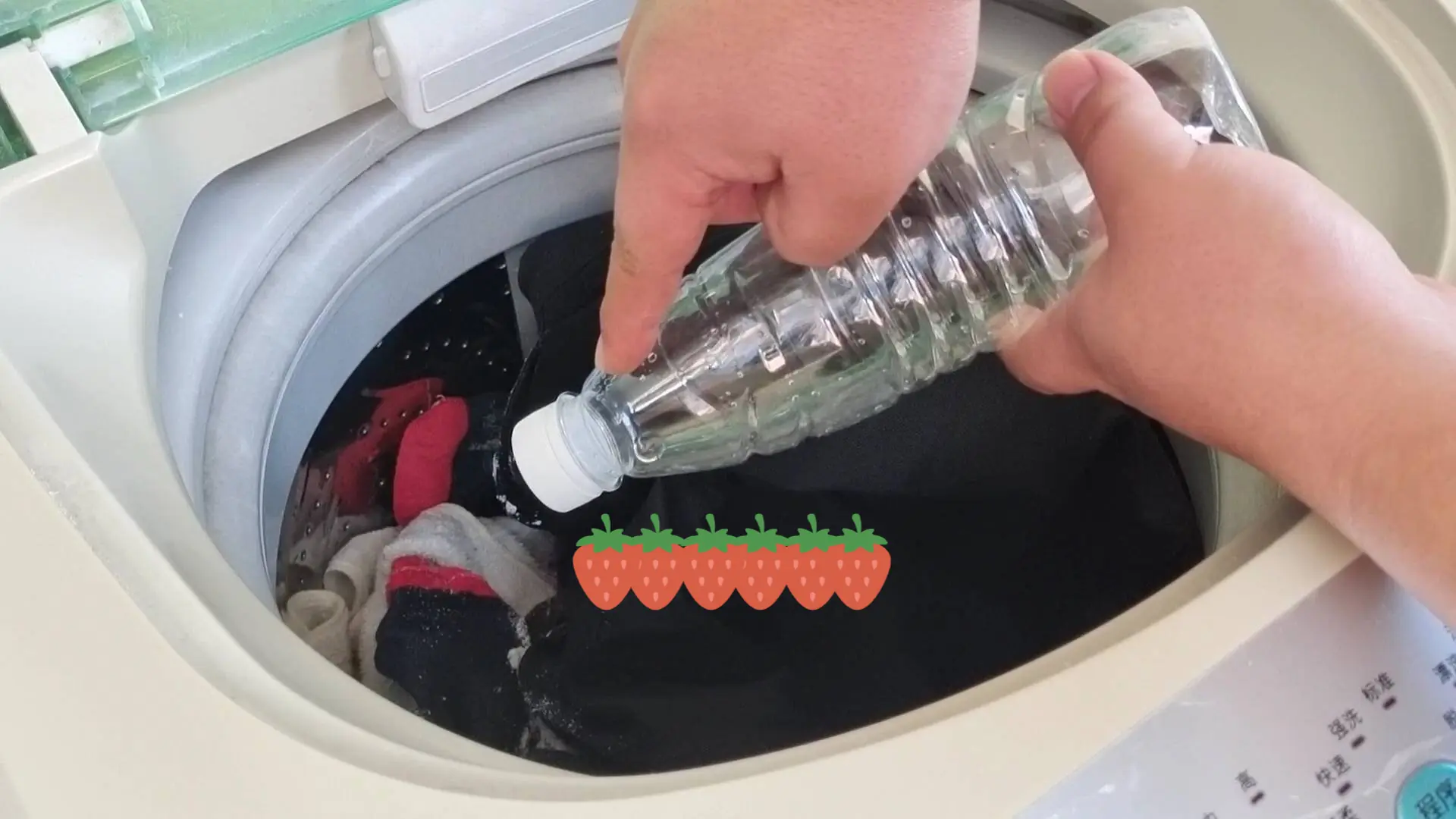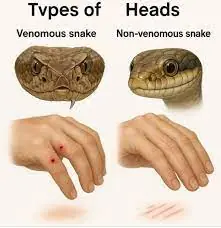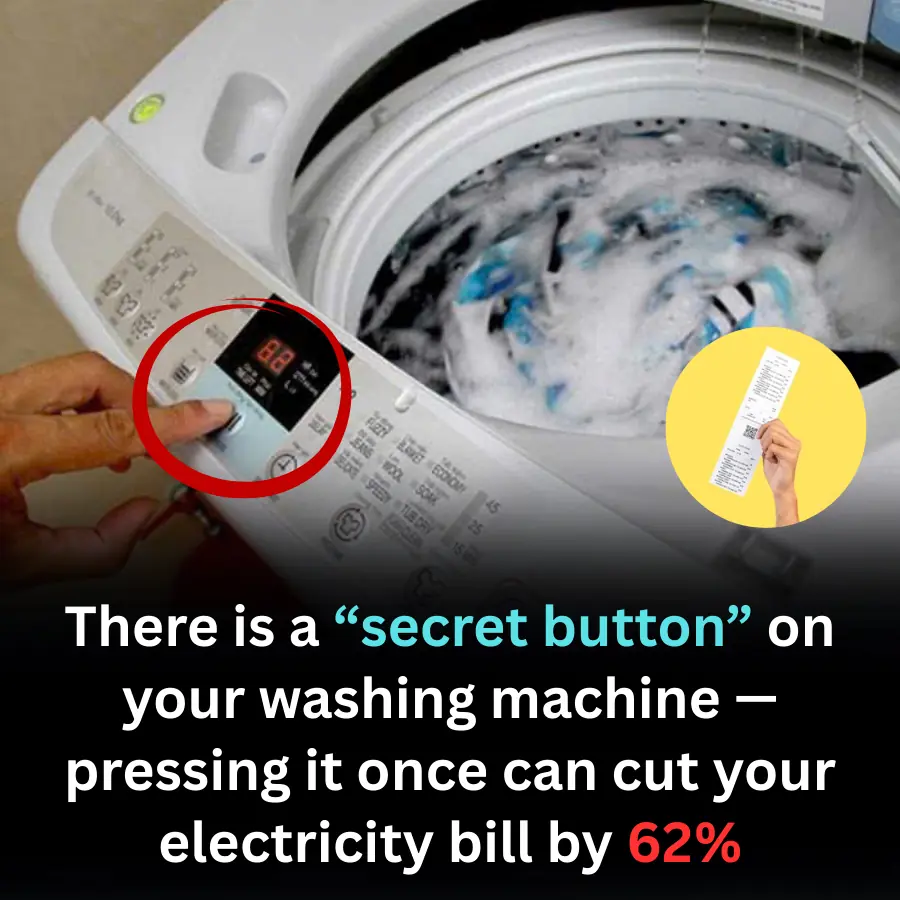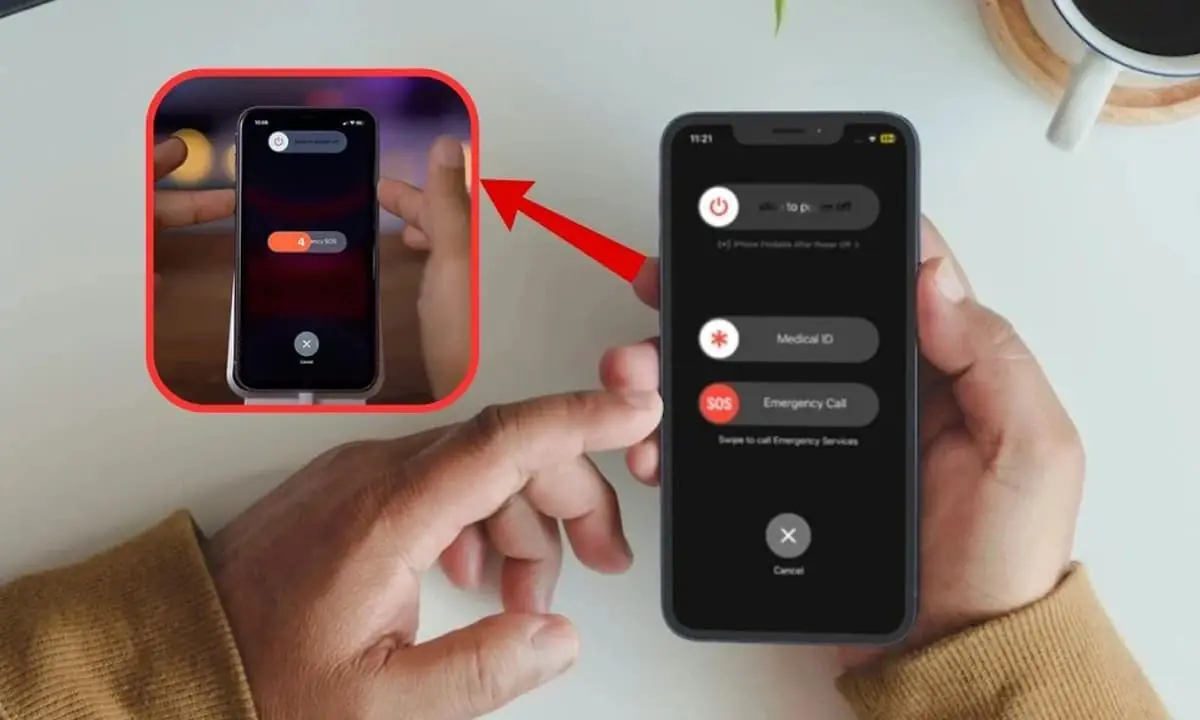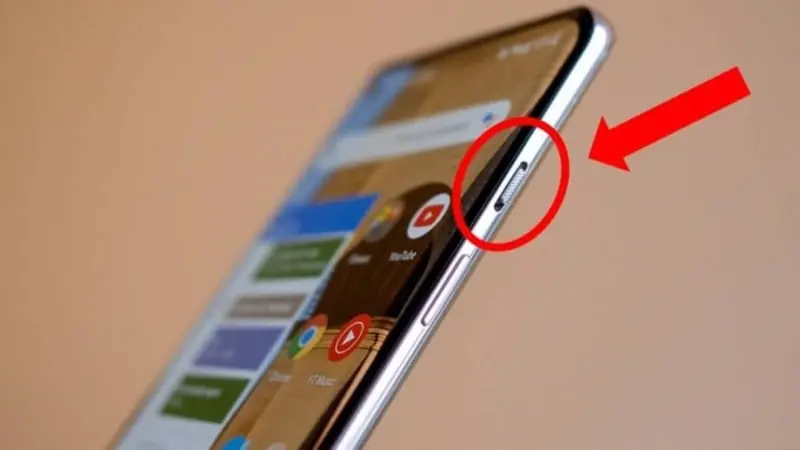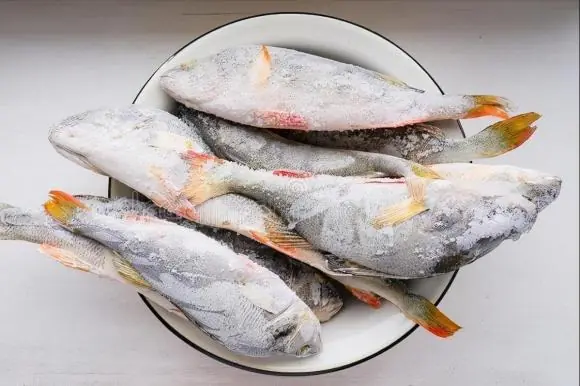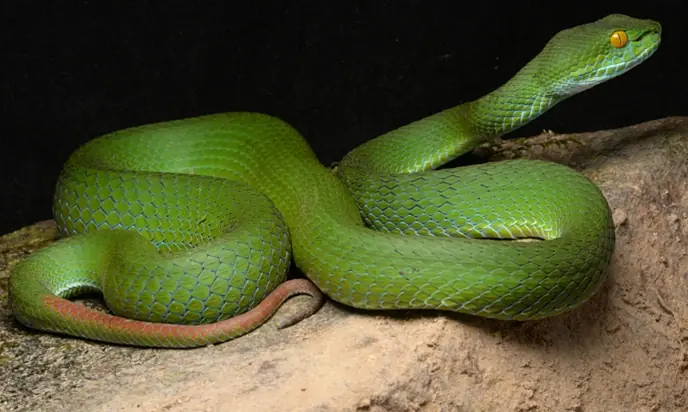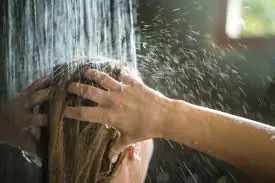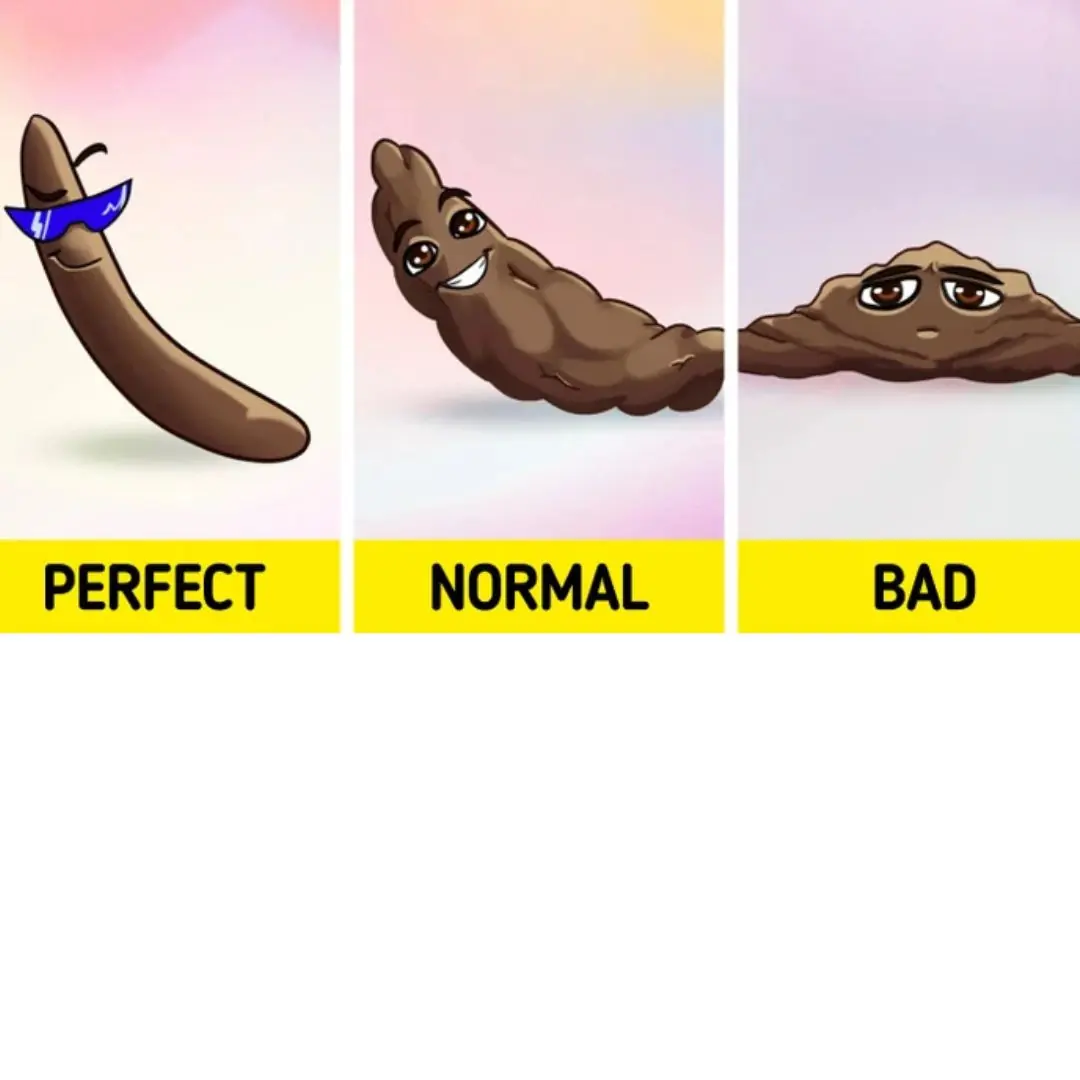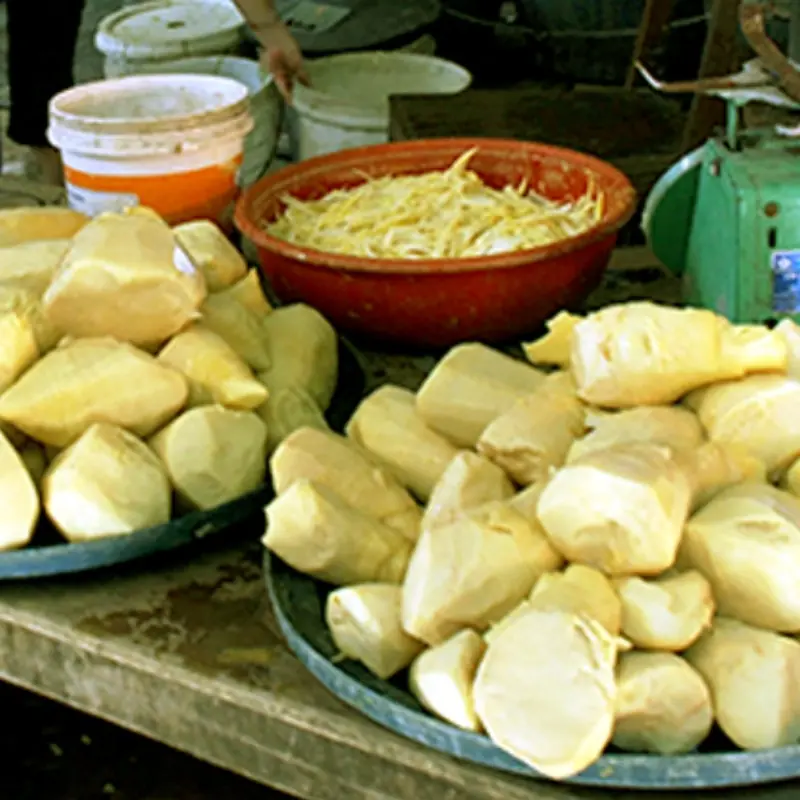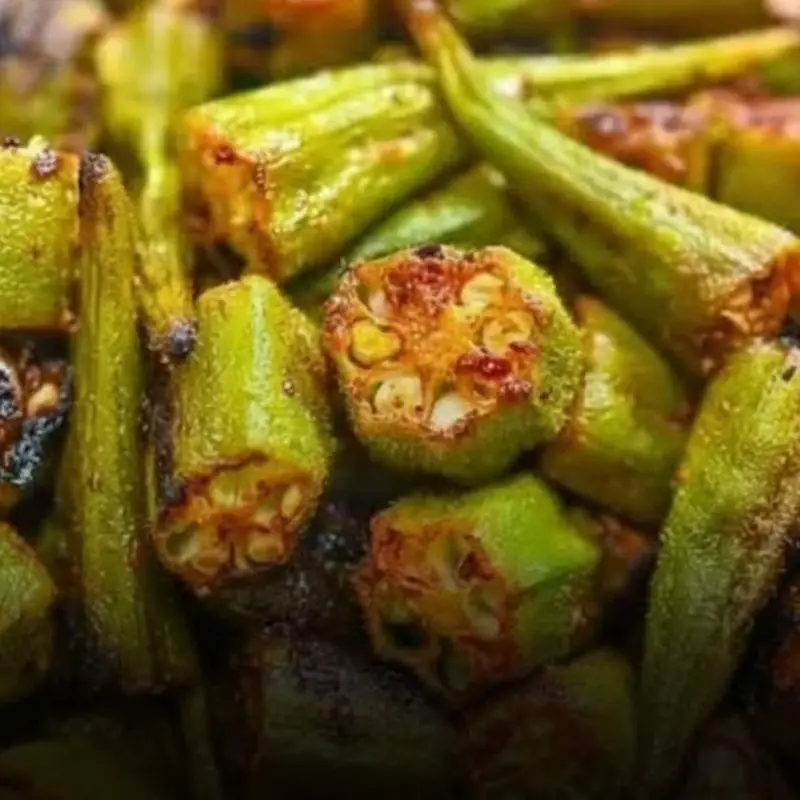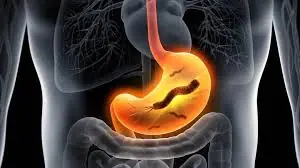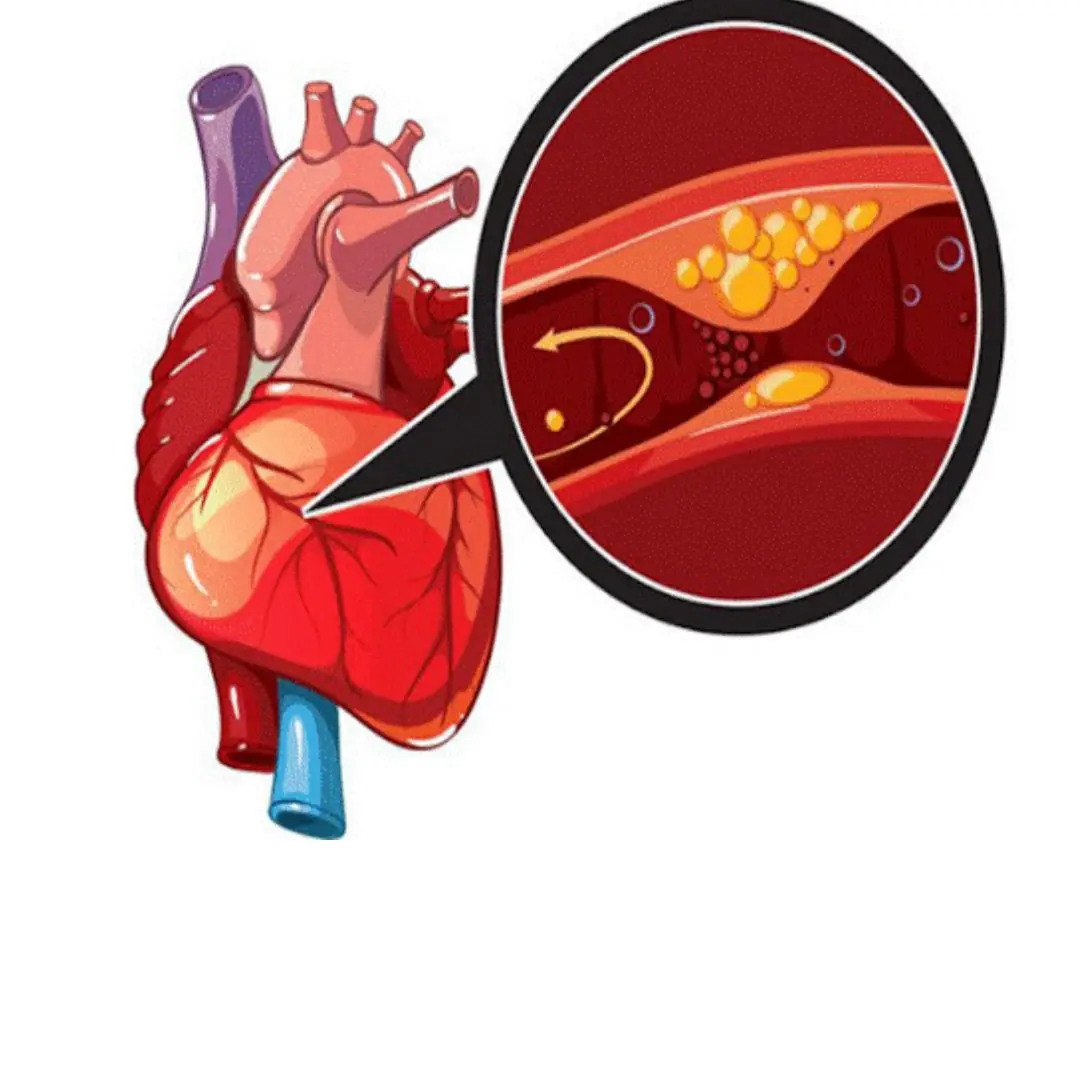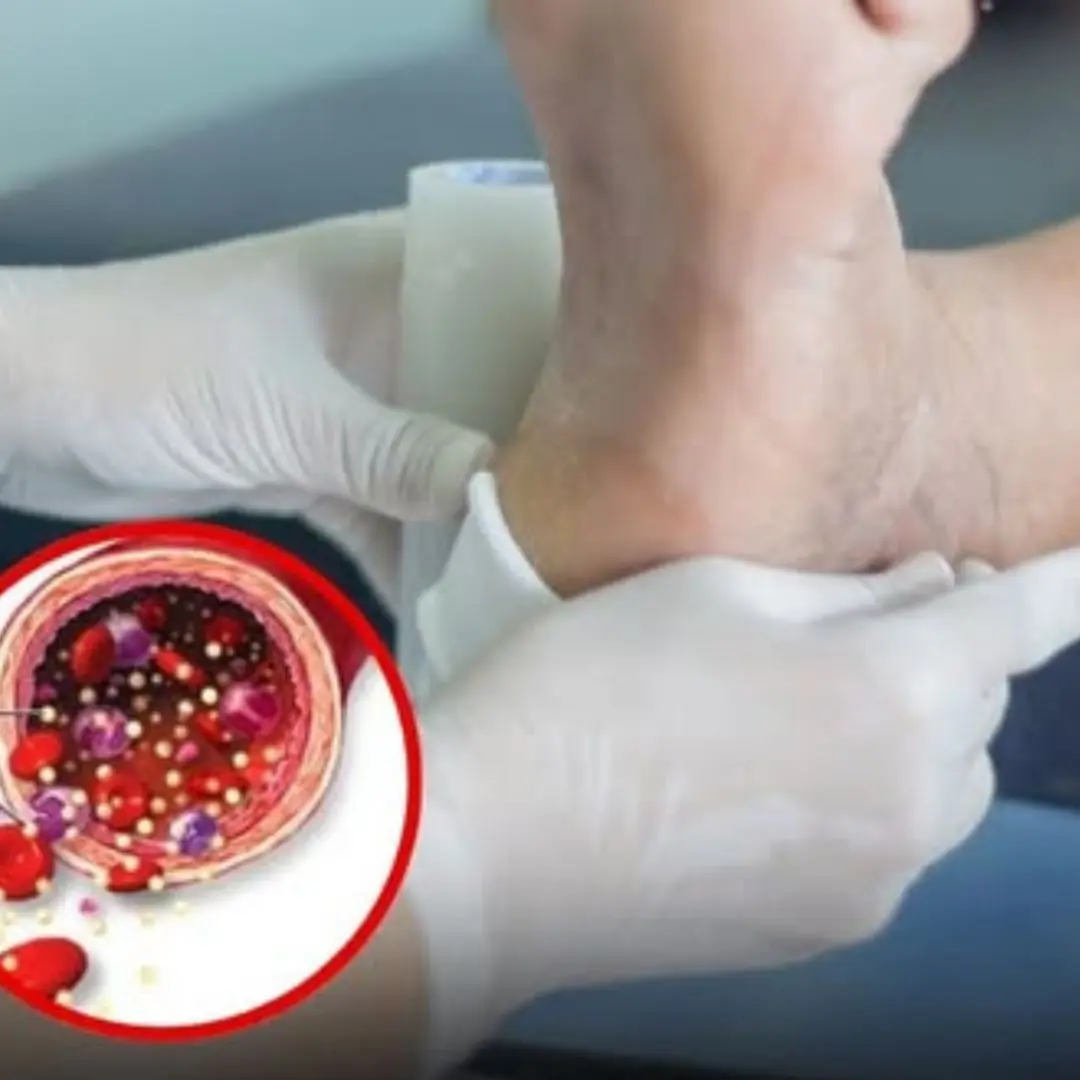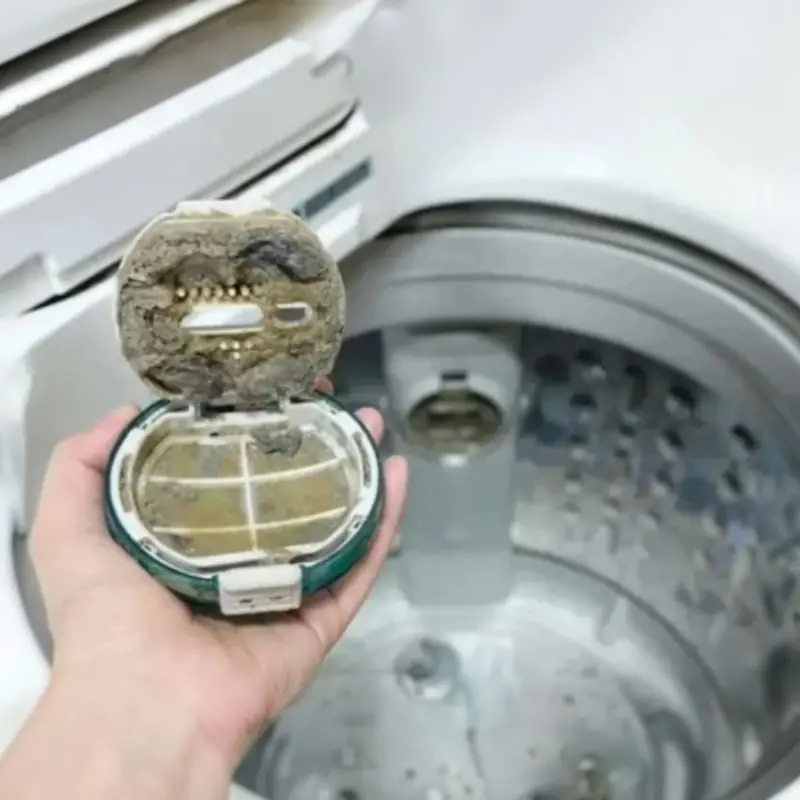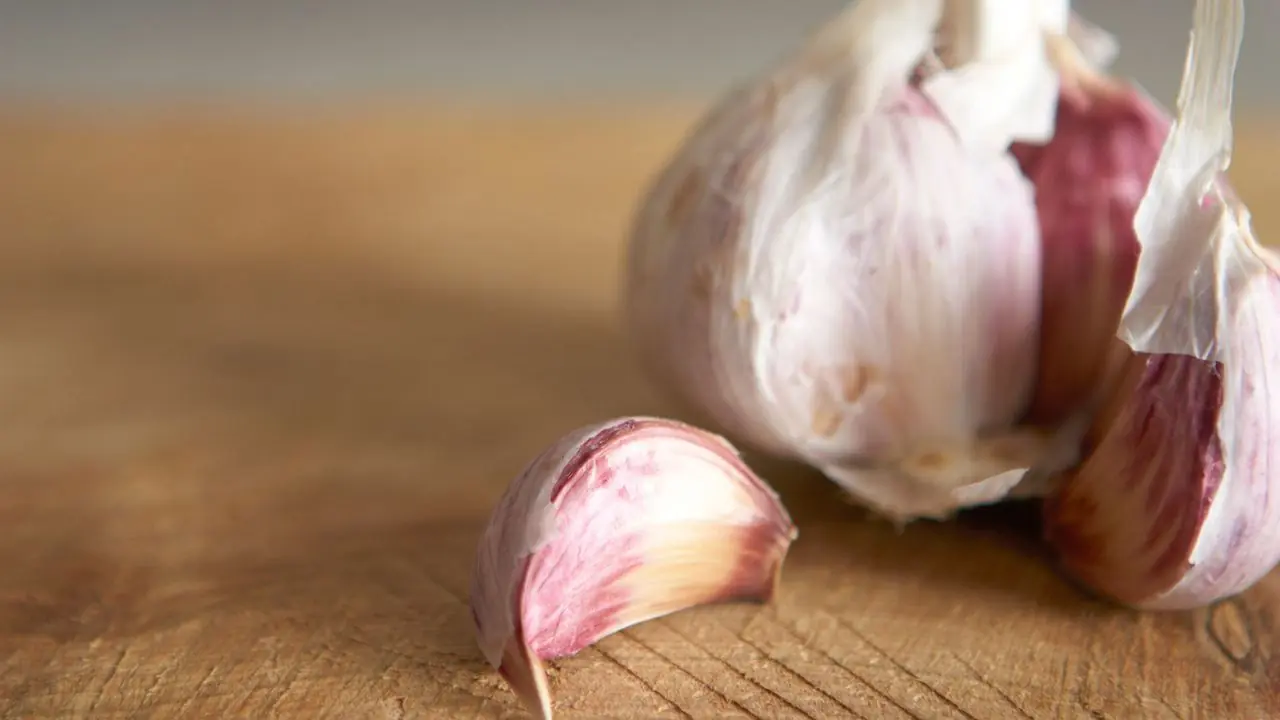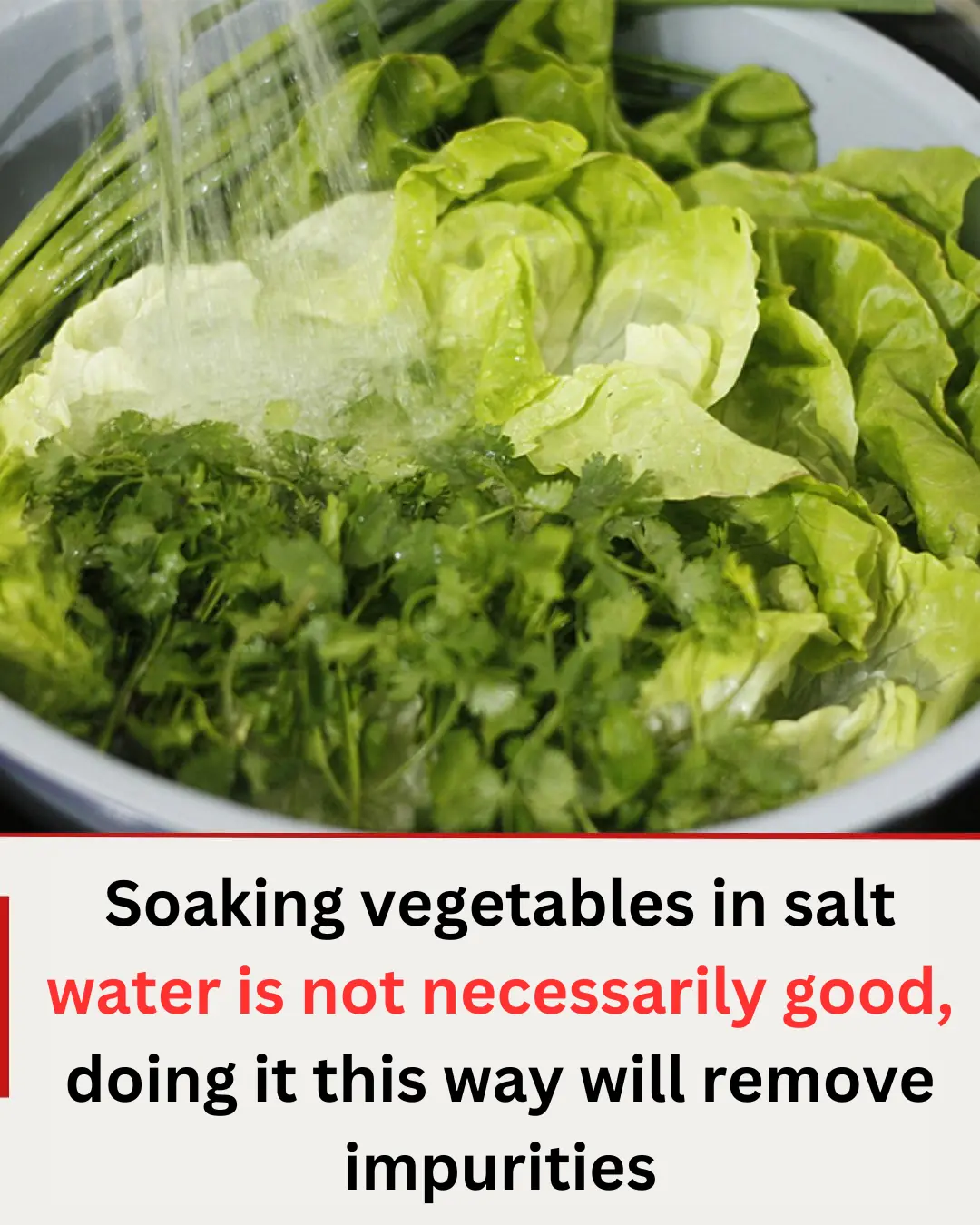
Soaking vegetables in salt water is a common method to remove dirt and pesticides, but it’s not always the best option! In fact, using salt water incorrectly can cause nutrient loss and make certain pesticides harder to wash off. Instead, here’s the best way to clean vegetables properly:
✅ The Best Way to Remove Impurities from Vegetables
-
Rinse Under Running Water 🚰
- Hold vegetables under running water for at least 30 seconds while rubbing the surface to remove dirt and pesticide residues.
-
Use Baking Soda & Vinegar Solution 🥒
- Mix 1 teaspoon of baking soda + 1 liter of water and soak vegetables for 10-15 minutes, then rinse.
- Or, use 1 part vinegar + 3 parts water, soak for 5-10 minutes, then rinse thoroughly.
- Why? Baking soda neutralizes pesticides, while vinegar helps kill bacteria.
-
Blanching for Leafy Greens 🌿
- For vegetables like spinach, lettuce, and cabbage, a quick blanch in hot water (60-80°C) for 30 seconds helps remove dirt, bacteria, and pesticide residues.
-
Peeling & Scrubbing for Root Vegetables 🥕
- Carrots, potatoes, and cucumbers should be scrubbed with a brush or peeled to remove pesticide residues trapped in the skin.
-
Cold Water & Lemon Soak for Fruits 🍎
- Soaking fruits in cold water with lemon juice for 5-10 minutes helps remove wax coatings and bacteria.
❌ Why Not Just Use Salt Water?
- Salt doesn’t remove all pesticides—some chemicals are hydrophobic and need other solutions.
- Can cause nutrient loss—Leafy greens may lose vitamins when soaked too long.
- May make certain pesticides stick more—Salt can react with some residues and make them harder to wash off.
👉 Conclusion: The best way to clean vegetables is rinsing under running water, using baking soda/vinegar, and blanching when necessary. Would you like a step-by-step guide for a specific vegetable? 😊
